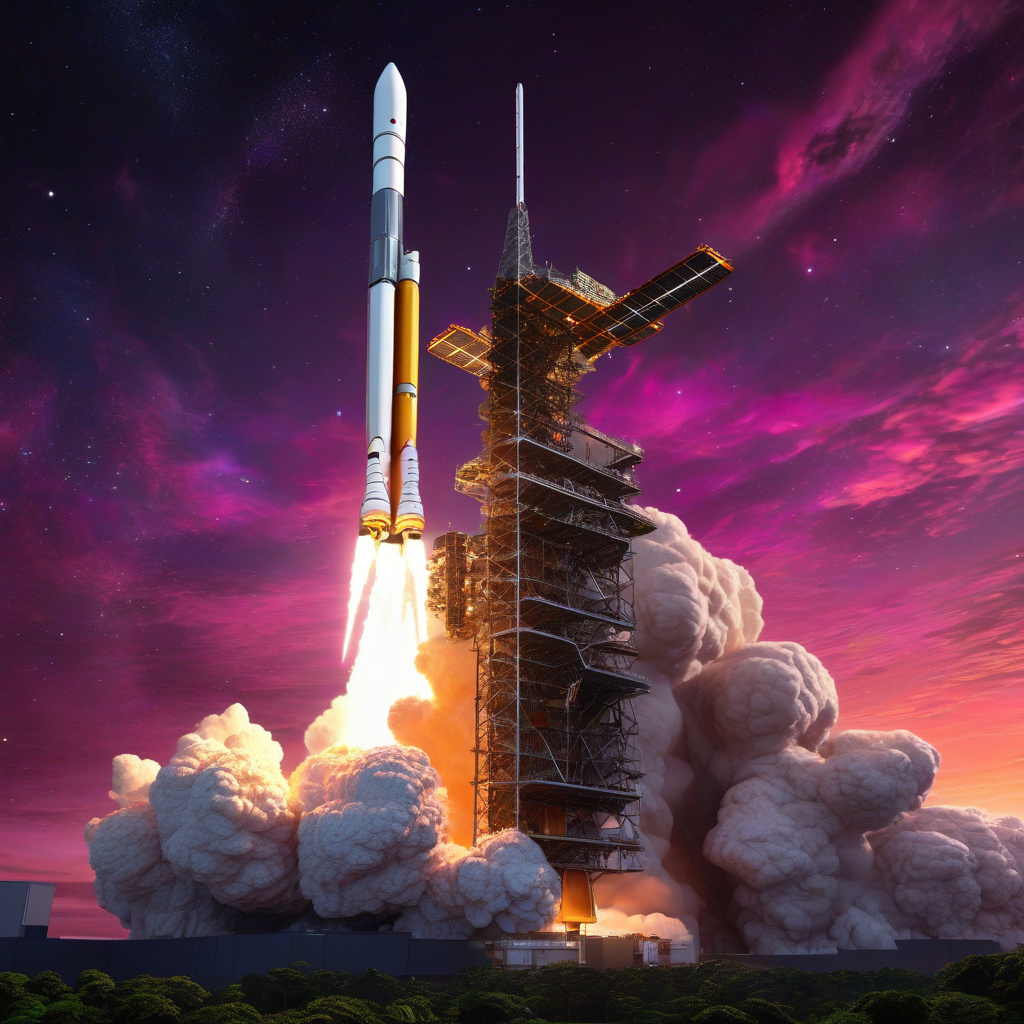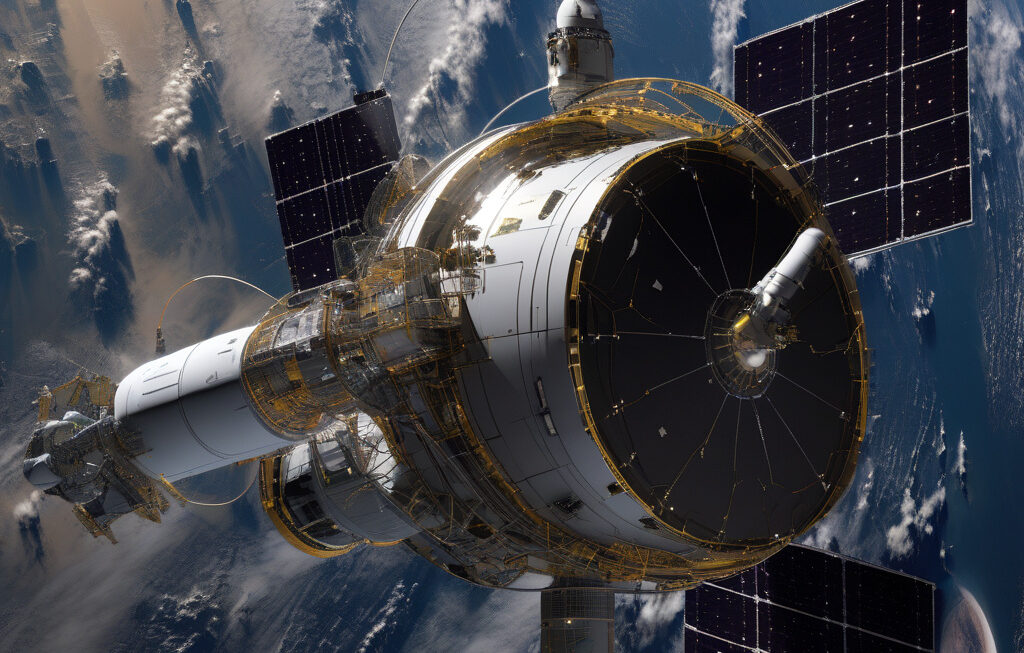Amazon-Starlink space race heats up as Kuiper gears up for first launch on April 9
Elon Musk’s Starlink has already made a dominant mark in the satellite internet industry. With thousands of satellites orbiting the Earth, providing high-speed internet access to even the most remote locations, Starlink has set the bar high for its competitors. However, Amazon’s own project, Project Kuiper, is gearing up to give Starlink a run for its money as it prepares for its first satellite launch on April 9.
Amazon’s Project Kuiper aims to deploy a constellation of 3,236 satellites to provide global high-speed internet coverage. The project, which was announced back in 2019, is Amazon’s ambitious plan to connect the millions of people around the world who still lack reliable internet access. With the first launch scheduled for April 9, Amazon is signaling its intent to compete head-on with SpaceX’s Starlink.
The competition between Starlink and Kuiper is heating up, with both companies vying for a larger share of the growing satellite internet market. While Starlink has already launched over 1,600 satellites and has begun beta testing its internet service in select areas, Kuiper is not far behind. Amazon has pledged to invest $10 billion into Project Kuiper to make it a reality, highlighting the company’s commitment to establishing itself as a major player in the space industry.
One of the key advantages that Project Kuiper holds over Starlink is Amazon’s existing infrastructure and resources. With Jeff Bezos’ company being a powerhouse in e-commerce, cloud computing, and technology, Amazon has the financial backing and expertise to make Project Kuiper a success. Additionally, Amazon’s vast network of data centers and existing partnerships could give Kuiper an edge in delivering a seamless internet experience to users around the globe.
In response to Amazon’s challenge, Elon Musk’s SpaceX has been ramping up its efforts to expand Starlink’s coverage and improve its service. SpaceX recently announced plans to deploy a second-generation version of its Starlink satellites, featuring laser inter-satellite links for faster and more efficient communication. These advancements are aimed at solidifying Starlink’s position as the leader in the satellite internet market and fending off competition from Project Kuiper.
As the space race between Amazon and SpaceX intensifies, consumers stand to benefit from the increased competition in the satellite internet sector. With more options available, prices are likely to become more competitive, and the quality of service is expected to improve. Additionally, the expansion of satellite internet coverage could bridge the digital divide, bringing reliable internet access to underserved and remote areas.
In conclusion, the upcoming launch of Amazon’s Project Kuiper on April 9 marks a significant milestone in the competition between Kuiper and Starlink. With both companies racing to establish themselves as leaders in the satellite internet industry, we can expect to see rapid advancements in technology and service offerings in the coming years. Ultimately, the real winners in this space race will be the consumers who stand to benefit from better, more affordable internet access no matter where they are located.
Amazon, SpaceX, Starlink, Project Kuiper, satellite internet










